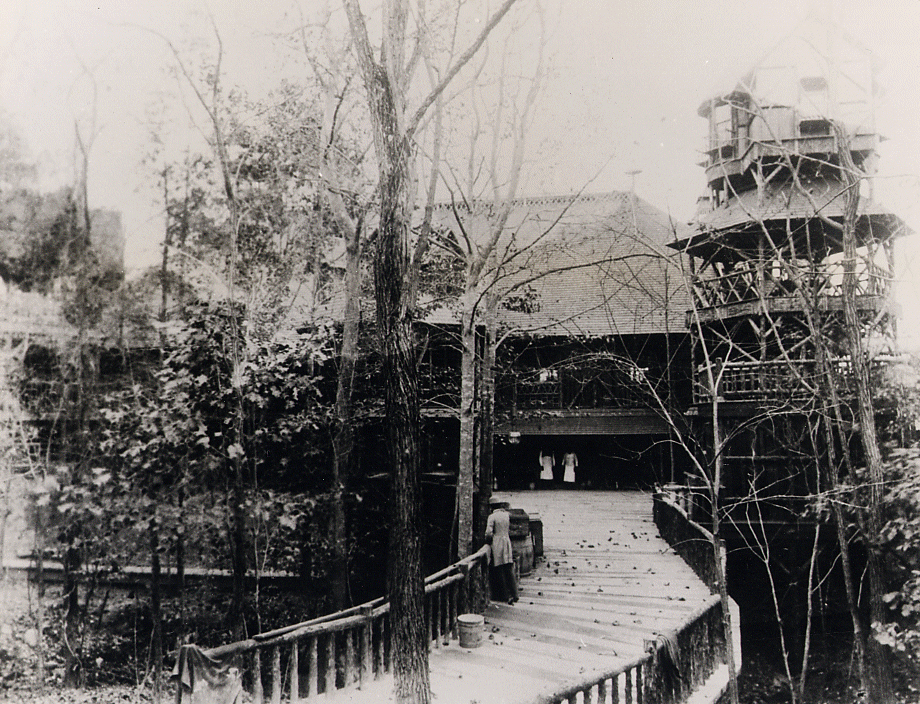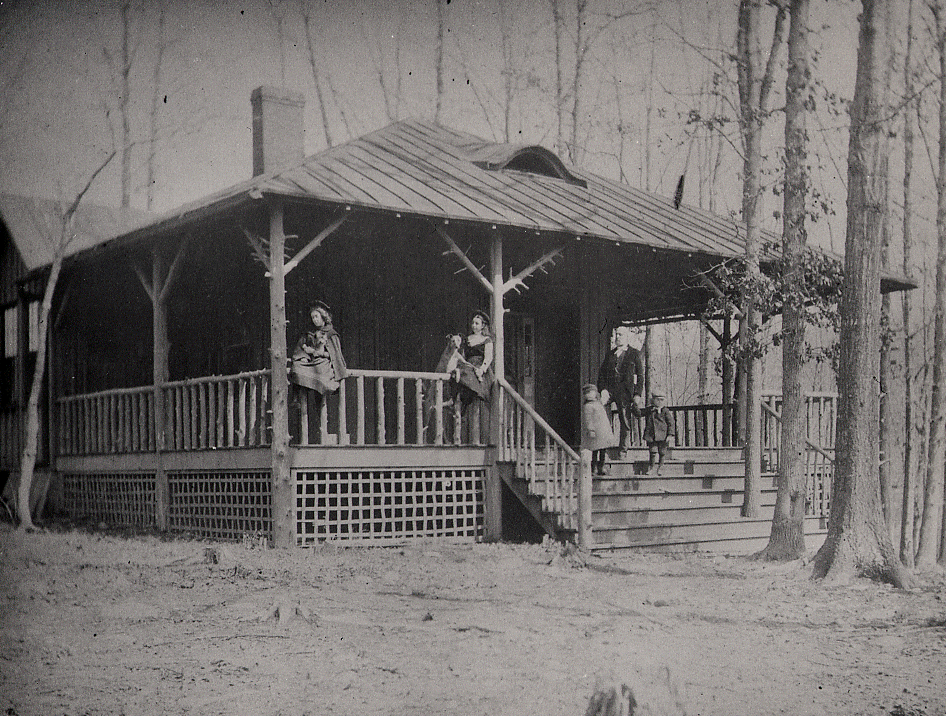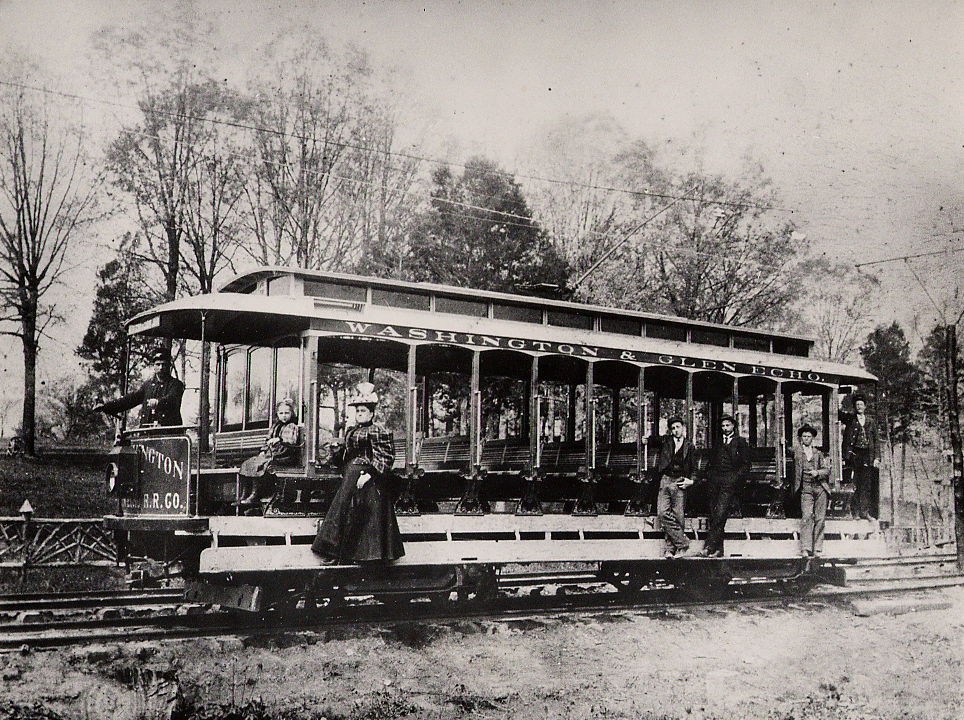The sophisticated mix at J. Conn Scott includes a green geometric-pattern sofa by Barclay Butera with Ankasa pillows.
The smaller venue for this third-generation family business is a vintage beach house with an enviable locale: one block from the ocean. (The main store is a 35,000-square-foot showroom about 25 miles south in Selbyville, Del.) This high-end home furnishings boutique carries collections from such big-name designer lines as Ralph Lauren, Baker, Henredon and Hickory Chair. You'll find items from upholstery, tables, desks and chests to lighting, artwork, accessories and gifts.
Every Tuesday three rooms of the Rehoboth Beach shop are rearranged and refurnished with pieces from the main store, says in-house designer Lisa Fulton. That way, she says, "when people visit the beach for the weekend, there's always something new and different."
27 Baltimore Ave., Rehoboth Beach, Del. 302-227-3780. http://www.jconnscott.com.
www.washingtonpost.com/wp-dyn/content/article/2009/05/20/AR2009052000999.html












